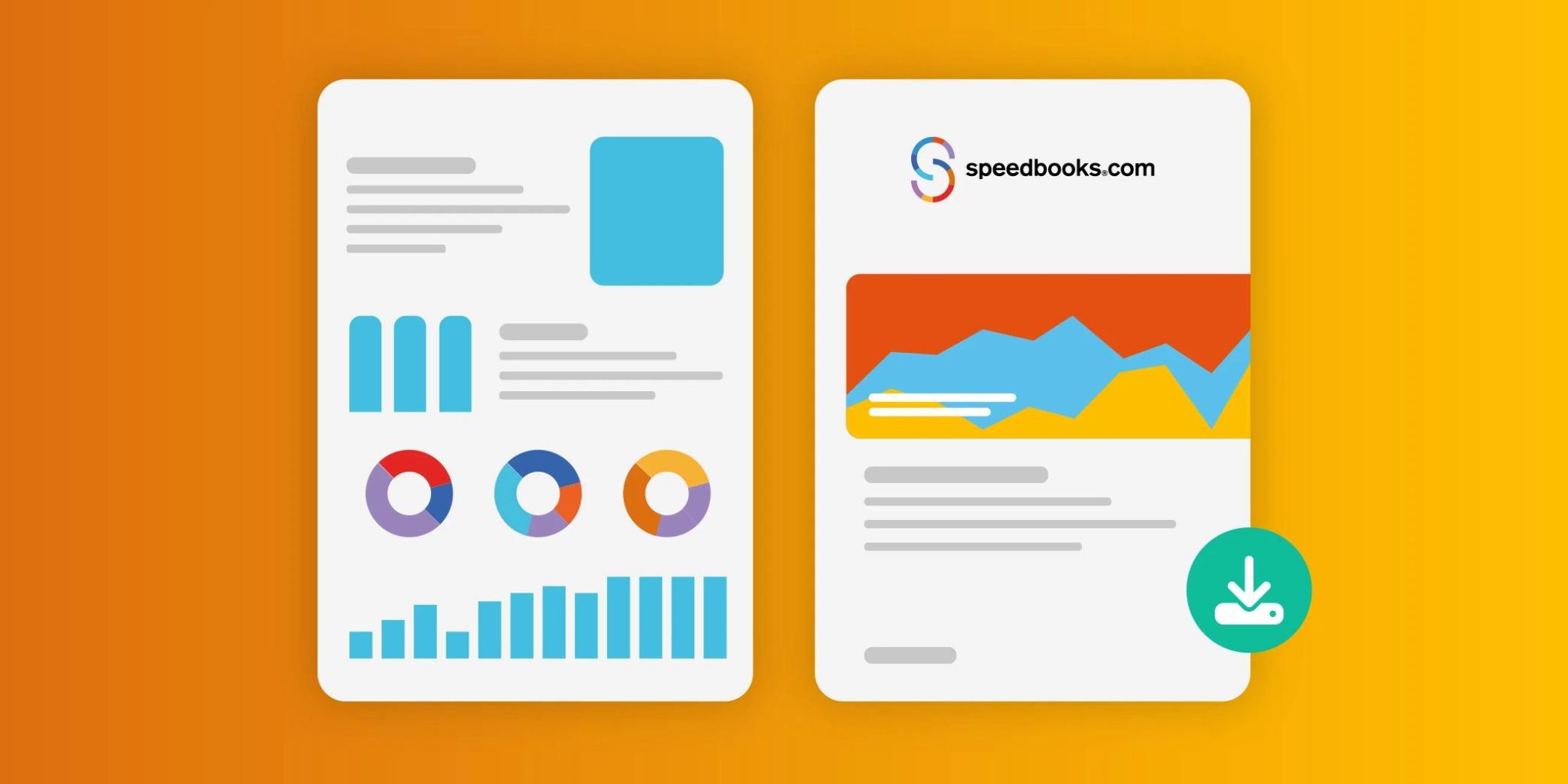How to improve liquidity: Tips and Tricks
Definition and Basic Concept of Liquidity
Liquidity refers to the extent to which a company is able to meet its short-term obligations, such as bills or debts, without incurring major losses or delays.
Why is liquidity crucial for business operations
Liquidity is crucial to business operations, as it directly affects the financial health, stability and continuity of a company.
A lack of liquidity or liquid assets can lead to payment arrears, which can cause reputational damage and contractual problems, even bankruptcy.
Good liquidity enables a company to quickly respond to opportunities, such as investing in new projects, purchasing inventory or expanding activities.

Calculating liquidity with ratios: Current ratio and Quick ratio
The Current ratio indicates the extent to which a company is able to meet its short-term obligations with its current assets.
The Quick ratio is a stricter measure, because it excludes inventory, which is less likely to be converted into cash and thus improve liquidity.

Are liquid assets the same as current assets?
No, liquid assets, such as cash and bank deposits, are part of current assets.
Current assets are all liquid assets and assets that can be expected to be converted into cash or used within one year, such as accounts receivable, inventories and prepaid expenses, such as rent.
Factors affecting liquidity
Ignorance and investing in assets such as machinery or real estate without considering the impact on liquidity.
Ignoring seasonality, not taking into account peaks and troughs in demand and income due to the negative impact of seasonal effects.
Poor communication between departments and lack of coordination between departments such as sales, purchasing and finance.
5 Common Mistakes in Managing Liquidity
1. Underestimating expenses or overestimating income can lead to a shortage of cash.
2. Not maintaining a buffer for unforeseen circumstances, or one that is too small.
3. Poor debtor management, not collecting outstanding payments from customers (receivables) on time.
4. Tying up too much capital in stocks that cannot be sold quickly, worsens the financial position.
5. Not having a clear overview of when short-term obligations such as loans or supplier credits must be paid.

Free example reports and brochures
View and download a free sample liquidity budget here. With the Speedbooks sample liquidity budget you can see how easy it is to create a liquidity budget.
Download the Speedbooks® sample reports and brochures for free and experience the ease and benefits yourself.

Solution: Accounts Payable and Payment Obligation Management
- Keep a detailed overview of all outstanding invoices, including suppliers, amounts, due dates and payment terms.
- Make optimal use of payment discounts when possible, provided that this does not burden your liquidity too much.
- Communicate with suppliers in a timely manner if there are payment problems or if you want to renegotiate payment terms, for example about longer payment terms or installments.
- Use automatic payments to avoid penalties and it reduces administrative burdens and human errors.
- Create a financial buffer to be able to pay unexpected obligations. This prevents stress and disruption of the relationships with suppliers.
Solution: Techniques for efficient accounts receivable management
- Clearly state payment terms on invoices, such as due date, possible discounts and late fees.
- Invoice immediately after delivery of products or services. Fast and error-free invoicing speeds up the payment cycle and has a positive effect on the financial position and will increase liquidity.
- Send timely payment reminders. Keeps payment top-of-mind with customers without straining the relationship.
- Perform a credit check before extending credit to customers. Reduces the risk of working with customers who may not be able to pay.
- Evaluate the effectiveness of your accounts receivable management regularly and adjust strategies if necessary.
Solution: Optimize Inventory Management
- Set optimal inventory levels, such as the minimum inventory needed to handle unexpected demand spikes or delivery delays.
- Analyze sales data and customer behavior to identify seasonal trends, demand spikes, and product declines.
- Use an automated system to track inventory levels, orders, and movements.
- Ensure that older inventory is sold or used before new inventory is purchased.
- Use historical sales data over time and predictive analytics to accurately estimate future demand.

Solution: improve Cashflow
- Send invoices immediately after delivery of products or services, prompt payment increases liquidity.
- Implement strict payment terms, such as "within 30 days".
- Use automatic reminders for customers with outstanding invoices.
- Examine business costs and identify areas where savings can be made.
Another solution: Financing options and loans
- Inventory your liquidity needs, analyze your cash flows to understand where and when shortages arise and whether the need is temporary, for example seasonal, or structural.
- Choose the right financing or credit form that suits the need. Such as:
- The current account credit: extra resources when needed, being overdrawn.
- The supplier credit: longer payment terms with suppliers.
- The usual bank loan: for larger investments.
- Financial Leasing: rent or payment in installments, suitable for purchasing machines or vehicles.
5 Tips to Keep Financing Costs Under Control
Tip 1: Compare interest rates and terms from different providers.
Tip 2: Invest borrowed money in initiatives that provide immediate or quick returns.
Tip 3: Use a short-term loan to maintain a financial buffer and only use the buffer for emergencies or unexpected expenses.
Tip 4: Consider paying off loans early if you have excess cash.
Tip 5: Keep your credit rating high by keeping debts within reasonable limits.
Long Term Strategies to Increase and Improve Liquidity
- Perform a detailed cost analysis to reduce unnecessary expenses.
- Shorten payment terms by setting clear payment terms.
- Keep a portion of cash flow as a reserve to absorb unexpected shocks.
- Spread revenue sources across multiple markets, products or services to reduce dependency on one segment.
- Negotiate flexible payment terms with suppliers, or consider partnerships to reduce costs.
- Perform regular stress tests to see how your liquidity performs under different economic conditions.

How to avoid negative impacts on liquidity
- Keep debt ratio manageable to avoid high interest and repayment obligations.
- Avoid long-term obligations such as expensive leases or fixed personnel costs when income is uncertain.
- Spread risk by not being dependent on just a few customers.
- Ensure multiple suppliers to avoid dependency on one party.
- Use financial reporting software to better estimate future liquidity needs and respond to risks early.
- Simulate worst-case scenarios, such as a decrease in income or an increase in costs, with this reporting software to be prepared.

Automated reporting software makes it easy
Professional reporting software, such as Speedbooks, provides real-time insight into cash flows, including (expected) income, expenses and balances, so that organizations can respond to liquidity needs in a timely manner.
The visual dashboards provide a clear picture of financial health, which helps identify trends or bottlenecks.
Speedbooks' advanced reporting software makes it possible to simulate various economic scenarios, so that companies are prepared for possible risks.
Speedbooks automatically generates financial reports, allowing companies to spend less time on manual tasks and make faster decisions.
The software provides historical and current data that allows companies to analyze trends and make better strategic choices.
Financial reporting software helps meet legal requirements by generating standardized reports.
About the author drs. Konstantijn Mikes
Founder, inventor and shareholder of Speedbooks reporting software Konstantijn Mikes (1966) is a graduate economist. He studied Economics at the leading Erasmus University in Rotterdam.
At Speedbooks he is responsible for the content development of the reporting software, and he manages the internal developers and the external developers.

